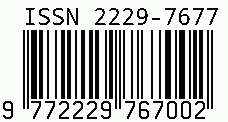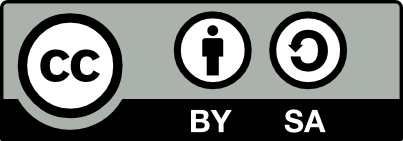
International Journal on Science and Technology
E-ISSN: 2229-7677
•
Impact Factor: 9.88
A Widely Indexed Open Access Peer Reviewed Multidisciplinary Bi-monthly Scholarly International Journal
Plagiarism is checked by the leading plagiarism checker
Call for Paper
Volume 16 Issue 3
July-September 2025
Indexing Partners



















STABILIZATION OF BLACK COTTON SOIL BY USING WASTE MATERIAL FOR ROAD CONSTRUCTION
| Author(s) | Mr. Harshad H. Desai, Mr. Aniket A. Garud, Mr, Prasad P. Salunkhe, Mr. Yash C. Patil, Prof. Pritam A. Mali |
|---|---|
| Country | India |
| Abstract | The stabilization of black cotton soil, which is known for its high swelling and shrinkage properties, is crucial for ensuring the durability and performance of road construction. This project investigates the use of waste materials such as granite powder, glass powder, lime, and rice husk to stabilize black cotton soil and enhance its engineering properties. The study focuses on the mix proportions of these waste materials to improve parameters like strength, plasticity, and compaction characteristics of the soil. Granite powder and glass powder, being fine powder are tested for their ability to reduce the plasticity index and improve workability, while lime serves as a binding agent to enhance soil cohesion. Rice husk, an agricultural by-product, is explored for its potential in reducing soil expansion. Laboratory tests including Plastic limit, liquid limit, specific gravity, sieve analysis, standard proctor test and California Bearing Ratio are conducted to assess the effectiveness of the waste materials. |
| Keywords | Soil Stabilization, California Bearing ration, Plasticity etc. |
| Field | Engineering |
| Published In | Volume 16, Issue 2, April-June 2025 |
| Published On | 2025-05-31 |
| DOI | https://doi.org/10.71097/IJSAT.v16.i2.5824 |
| Short DOI | https://doi.org/g9mvtq |
Share this


CrossRef DOI is assigned to each research paper published in our journal.
IJSAT DOI prefix is
10.71097/IJSAT
Downloads
All research papers published on this website are licensed under Creative Commons Attribution-ShareAlike 4.0 International License, and all rights belong to their respective authors/researchers.

